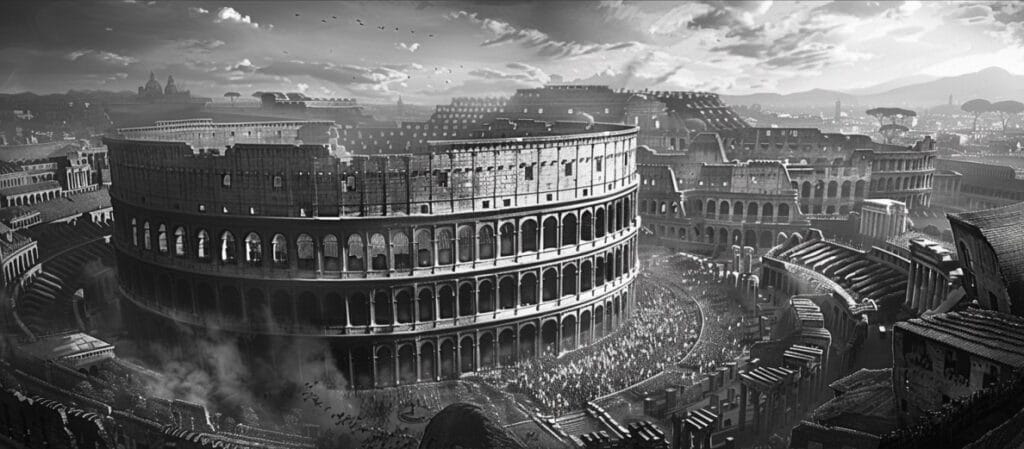
Step into a world where gladiatorial combats, roaring crowds, and architectural marvels converge, as we uncover the timeless allure of Rome’s iconic Colosseum. This ancient amphitheater bears witness to the grandeur of the Roman Empire, inviting us to explore its rich history and remarkable design.
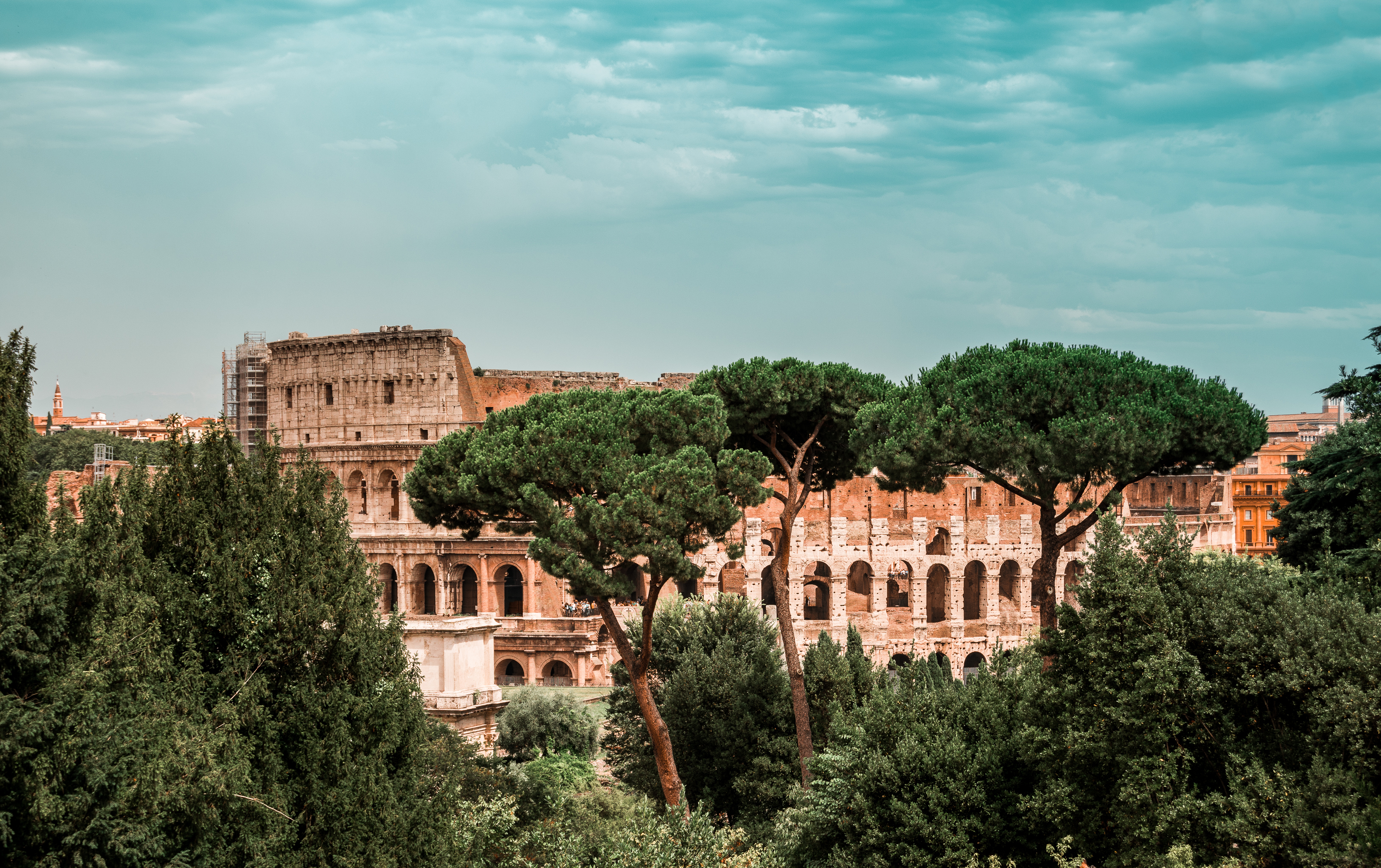
Key Takeaways
- Explore the Colosseum, a symbol of Rome’s imperial past and architectural prowess.
- Discover its purpose as an entertainment center hosting gladiatorial games, animal hunts, and other spectacles.
- Uncover lesser-known facts about the site including its connection to Christianity and life behind the scenes for those who worked there.
The Essence of the Colosseum
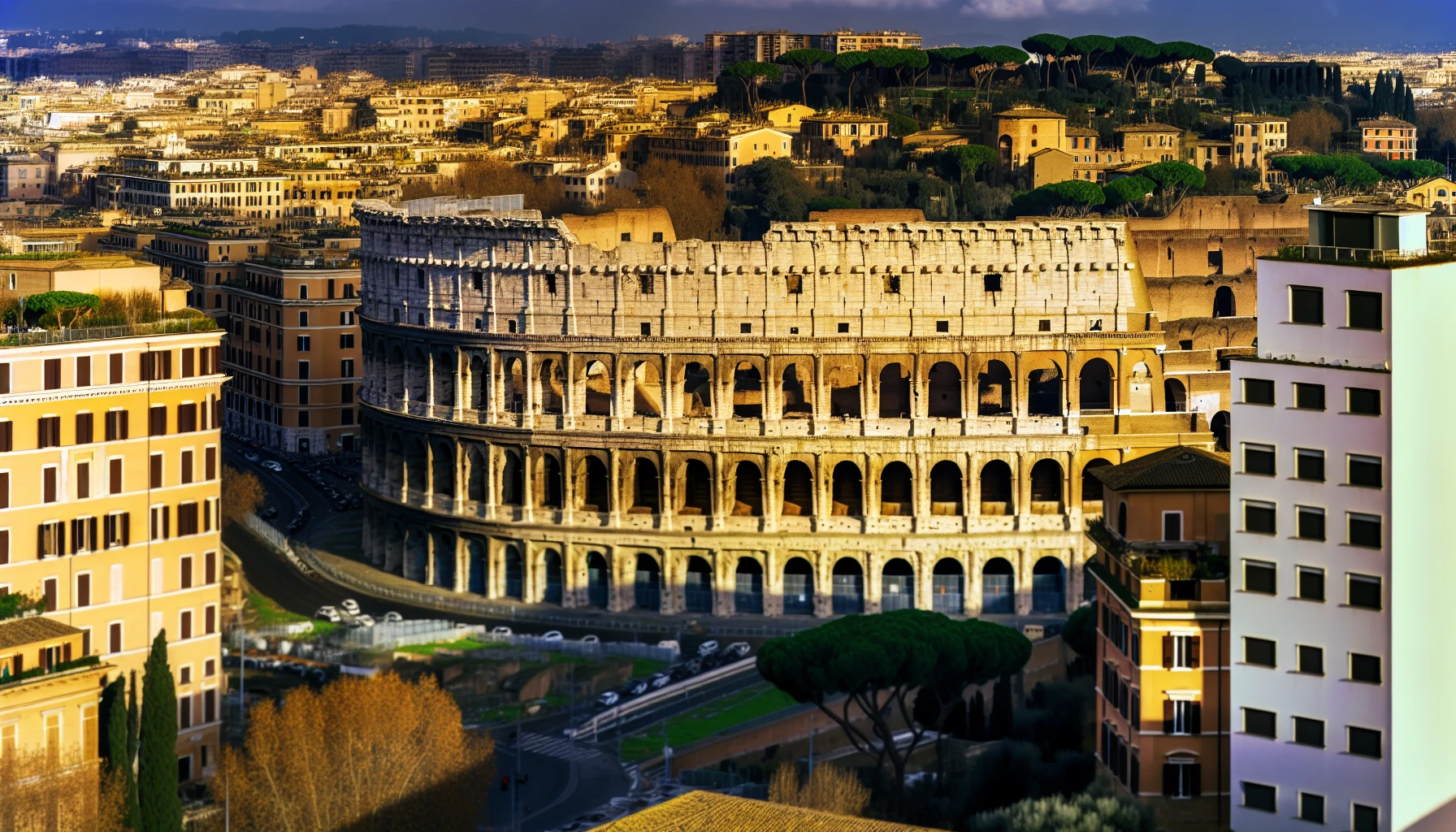
Standing tall in the heart of Rome, the Colosseum or Flavian Amphitheatre, also known as the Flavian Amphitheater, is a testament to the Eternal City’s affluent history and architectural proficiency. This magnificent structure was constructed under the Flavian Dynasty, with Emperors Vespasian, Titus, and Domitian leading the project. Today, it remains one of the most popular tourist attractions in the world, attracting millions of visitors each year to witness its awe-inspiring presence.
The Colosseum transcended its status as a mere grand monument; it was a stage for entertainment, where gladiatorial games, animal hunts, and other spectacles showcased the power and wealth of the empire. Its elliptical shape, colossal dimensions, and intricate architecture reveal the genius of Roman engineers and craftsmen.
The Colosseum’s Purpose
Built to entertain the masses, the Colosseum’s primary purpose was to host a variety of events that captivated and enthralled its spectators. The most famous of these events were the gladiatorial games, where skilled warriors battled each other and ferocious beasts in the arena to the delight of the crowd.
Besides gladiator fights, it also hosted elaborate animal hunts, where exotic creatures from across the empire were pitted against each other or against skilled hunters. These events were a testament to Rome’s far-reaching influence and its ability to bring the wonders of the world to its doorstep.
Architectural Marvel
The Colosseum symbolizes the ingenuity of Roman engineers, who meticulously designed and constructed this architectural masterpiece. Its elliptical shape maximized the number of spectators while ensuring that everyone had an unobstructed view of the events taking place in the arena. This monumental building was also equipped with an efficient system of arches, seating tiers, and subterranean tunnels, known as the hypogeum, that allowed for seamless organization and execution of events.
One of the most impressive aspects of the Colosseum’s design was its ability to accommodate up to 80,000 spectators across its multiple tiers of seating. With a staggering eighty entrances, the amphitheater ensured rapid and organized entry and exit for its large crowds. Its design not only showcased the skill of Roman architects, but it also reflected the empire’s commitment to public entertainment and the pursuit of grandeur.
A Glimpse into the Past: Timeline
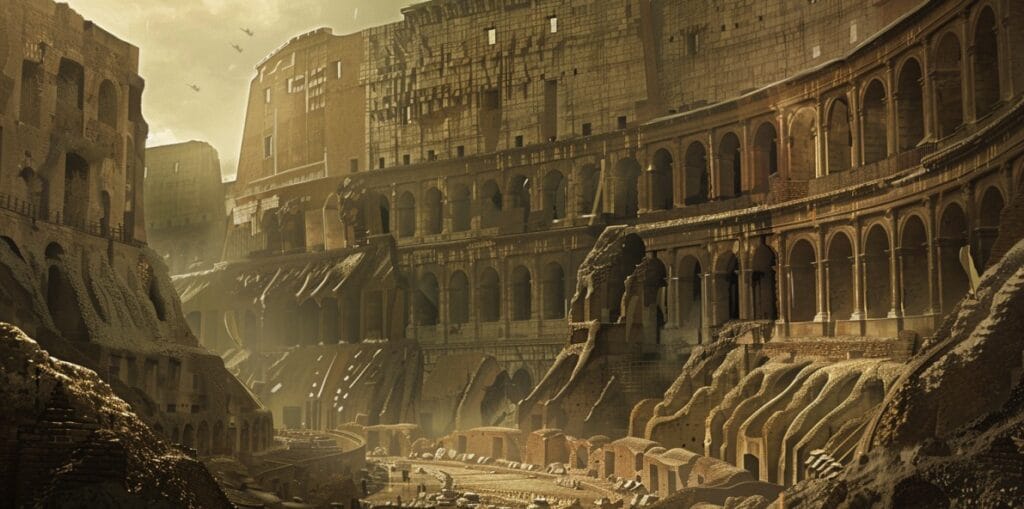
The Colosseum boasts a rich and varied history that spans over two millennia, beginning with its construction under the Flavian Dynasty and continuing through its transformation in the Medieval era and eventual restoration in modern times. As the amphitheater began to evolve over time, we gained a deeper appreciation for the resilience and adaptability of this magnificent structure, which has withstood the test of time and the ever-changing fortunes of the city it calls home. By exploring the Colosseum’s history, we can better understand its significance and impact on the world.
Built by Emperors Vespasian and Titus, the Roman Colosseum was funded through the spoils of the Judaic wars fought in Palestine and completed in just ten years. Over the centuries, it witnessed the rise and fall of emperors, the ebb and flow of power, and the evolution of Rome itself. Presently, the Colosseum serves as a symbol of the grandeur of the Roman Empire and the enduring legacy of its people.
Construction and Inauguration
Constructed between AD 72 and 80, the construction of this architectonic wonder was an impressive feat, given the scale and complexity of the project. The building process was initiated by Emperor Vespasian and completed by his son Titus, with additional modifications made during the reign of Domitian. The amphitheater was built to replace the extravagant palace of Emperor Nero, which had been destroyed in a fire, and symbolized the Flavian Dynasty’s commitment to restoring Rome’s glory after a period of civil wars.
On its completion, the Colosseum celebrated with a grand festival, featuring 100 days of games and spectacles that showcased the wealth, power, and artistry of the Roman Empire. The inaugural games included gladiatorial combats, animal hunts, and even mock naval engagements, which were held in a flooded arena. These events captivated the Roman people and solidified its status as the epicenter of entertainment in the Eternal City.
Transformation and Decay
Through the ages, the Colosseum confronted multiple challenges, including decay, looting, and damage from natural disasters. As the fortunes of Rome shifted, so too did the uses of the Colosseum. It was repurposed as a cemetery, housing, and even a fortified castle during the turbulent Medieval era. The once-magnificent structure fell into disrepair, and its marble seats and decorative elements were plundered for use in other building projects.
Despite its decline, the Colosseum continued to hold a special place in the hearts of the Roman people. Its storied history and enduring presence in the cityscape, especially near the Piazza del Colosseo, served as a constant reminder of Rome’s glorious past and the indomitable spirit of its people.
In subsequent centuries, attempts were made to restore and preserve the Colosseum as a symbol of the Eternal City’s legacy.
Restoration and Modern Day
In the 1990s, restoration efforts began in earnest, with the goal of preserving the Colosseum for future generations and transforming it into a popular tourist attraction. Over the years, numerous restoration projects have been undertaken, including the installation of new floors, the restoration of the hypogeum, and the cleaning and restoration of the Colosseum’s arcaded façade. These efforts continue to this day, with the aim of completing the project by 2023.
Today, the Colosseum stands as a testament to Rome’s enduring legacy, attracting millions of visitors from around the world each year. As one of the most iconic symbols of the Roman Empire, the Colosseum continues to captivate and inspire, serving as a poignant reminder of the remarkable achievements and indomitable spirit of the people who built it.
Planning Your Visit: Practical Tips and Information
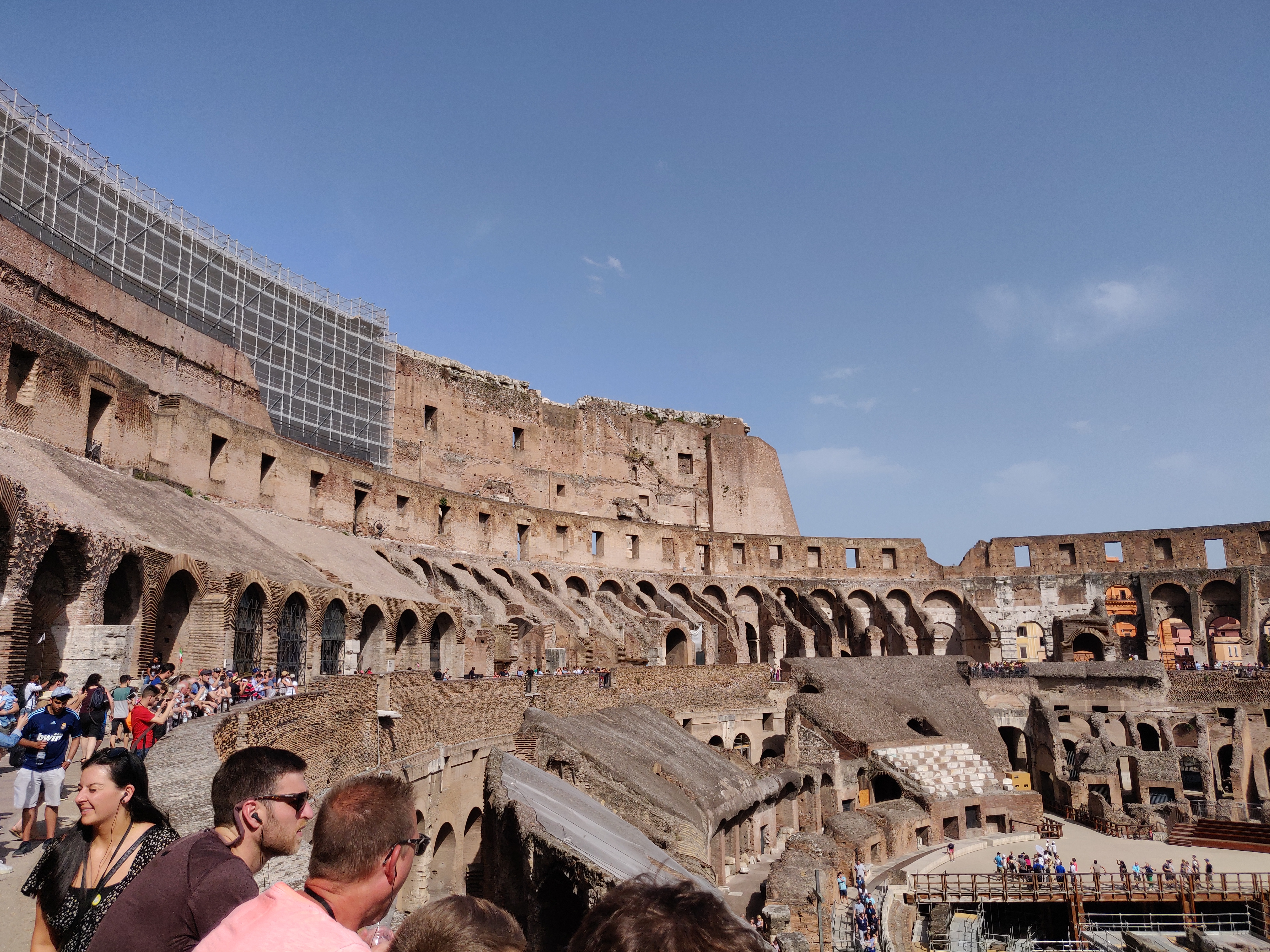
While visiting the Colosseum is an unforgettable experience, it might seem overwhelming for those unfamiliar with Rome or its many attractions. To help you make the most of your visit, we’ve gathered some practical tips and information that will ensure a smooth and enjoyable experience at this iconic monument.
From purchasing tickets and choosing the best time to visit, to moving through the site and grasping its abundant history, our guide will help you prepare for your journey to the Colosseum and ensure you have a memorable experience in the heart of the Eternal City.
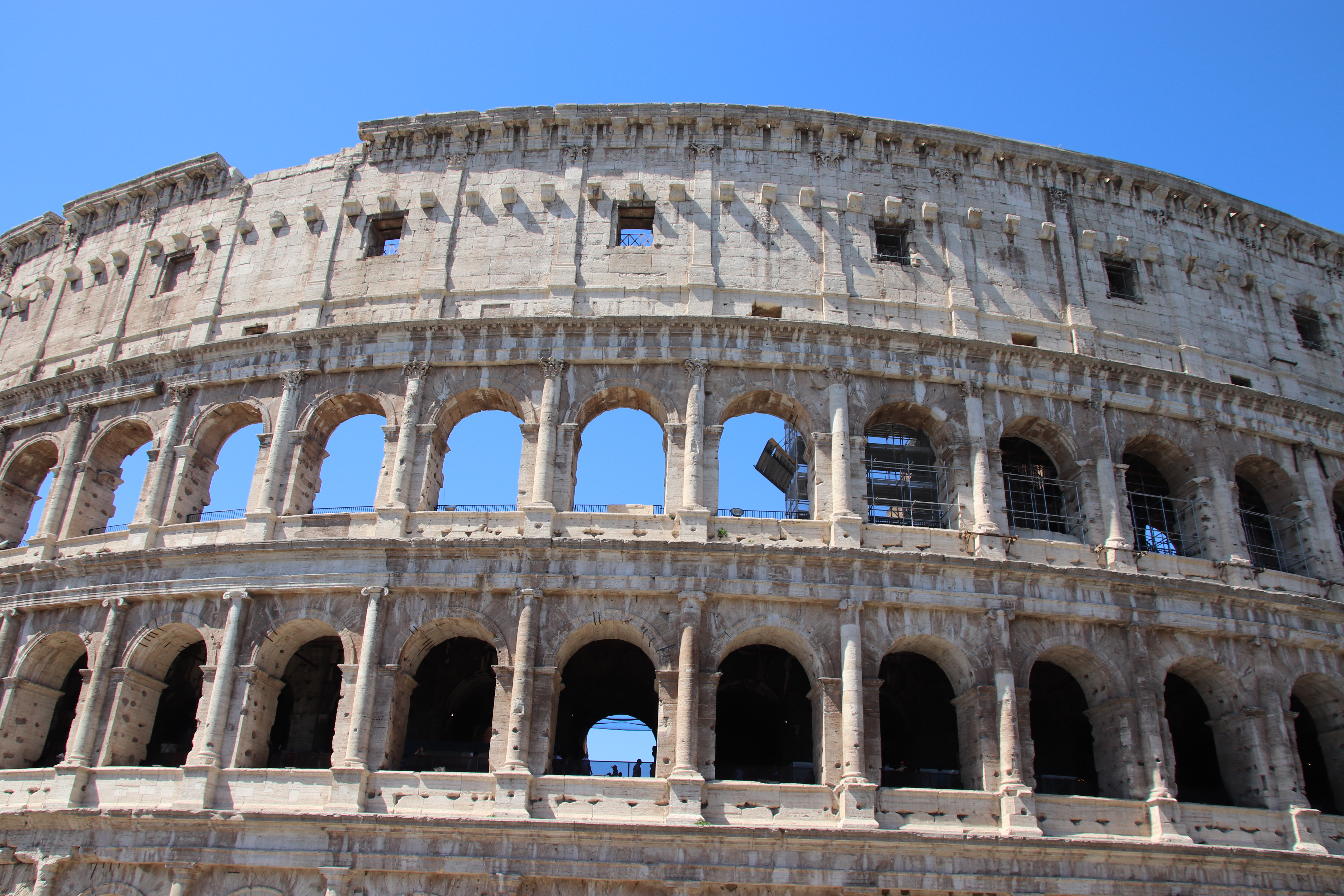
Ticket Options and Purchasing
When planning your visit to the Colosseum, one of the most important decisions you’ll make is how to purchase your tickets. There are several options available, including buying tickets online, through the Coop Culture call center, or with a Roma Pass. We highly recommend purchasing tickets online in advance to avoid long queues and ensure a smoother entry into the site.
In addition to standard entry tickets, there are also priority entrance tickets that offer line-skipping privileges and access to three distinct ancient sites, including the Colosseum, Roman Forum, and Palatine Hill. The Rome Tourist Card is another option, providing access to Rome’s most renowned sights at a discounted rate.
Best Times to Visit
The optimal time to visit the Colosseum hinges on your personal preferences and priorities. If you wish to avoid large crowds and enjoy a more intimate experience, consider visiting during the off-season (November-April). However, keep in mind that the weather during this time can be unpredictable, with the occasional storm making outdoor exploration less enjoyable.
On the other hand, if you prefer warmer weather and don’t mind sharing the site with other tourists, the high season (May/October) offers more favorable climatic conditions and longer daylight hours for exploring. Regardless of when you choose to visit, arriving early in the day can help you avoid the biggest crowds and make the most of your time at the Colosseum.
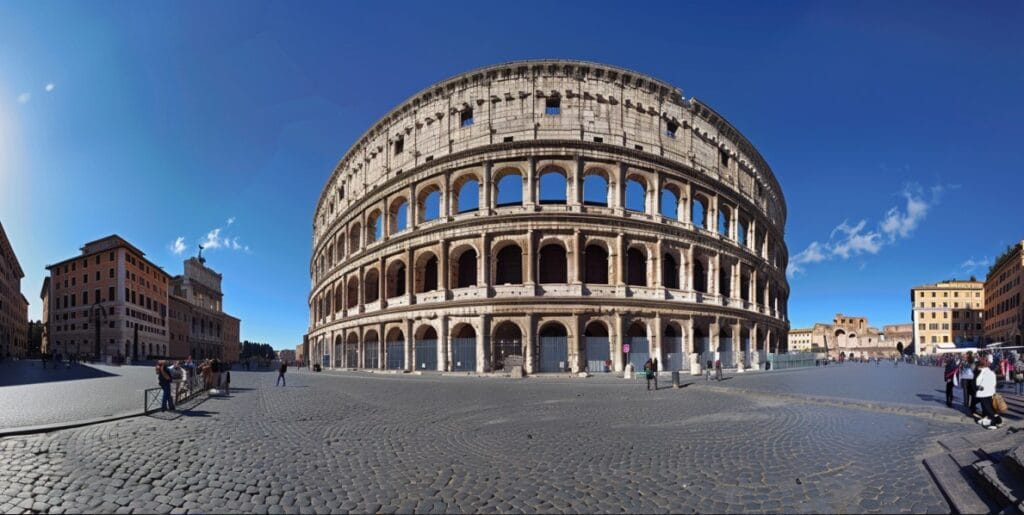
Upon entry to the Colosseum, you’ll aim to optimize your time by navigating the site efficiently and understanding its layout. The Colosseum is divided into several sections, including the Colosseum arena, seating tiers, and the underground hypogeum, where gladiators and animals were once held before their performances.
To gain a greater understanding of the Colosseum and its many features, consider renting an audio guide or opting for a guided tour. These resources can provide valuable insights into the history and significance of the site, as well as point out key areas of interest. Additionally, be aware that accessibility for visitors in wheelchairs may be limited to the ground floor of the amphitheater.
Uncovering the Secrets: Lesser-Known Facts and Stories
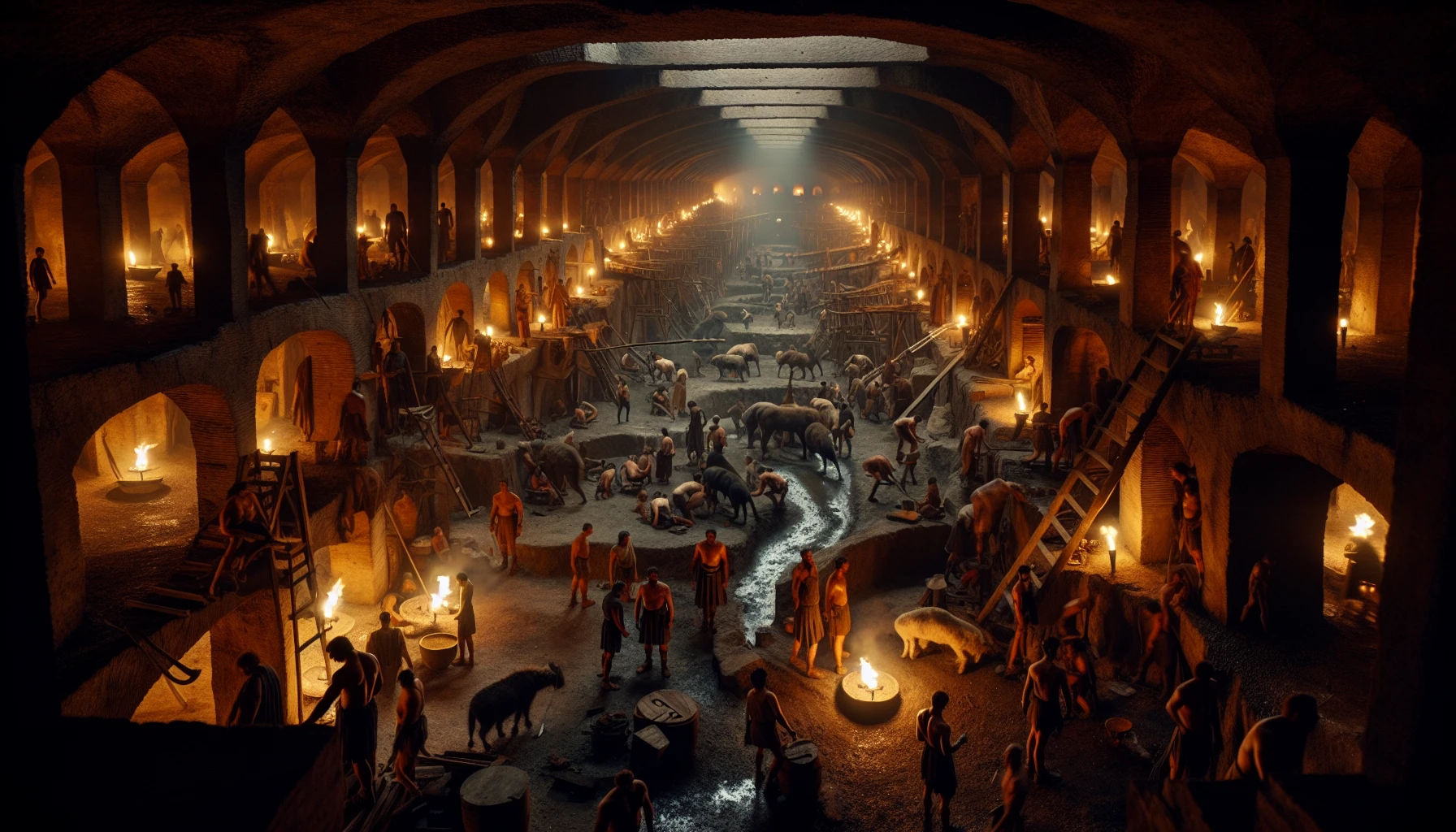
Beyond its grandeur and spectacle, the Colosseum also holds many secrets and lesser-known stories that reveal the complexity and intrigue of life in ancient Rome. From its connection to the Colossus statue to the hidden lives of those who worked behind the scenes, these tales offer a fascinating glimpse into the inner workings of the world’s most famous amphitheater.
By examining these lesser-known parts of the Colosseum’s history, we not only gain a deeper appreciation for the monument itself but also for the people who built, inhabited, and shaped it over the centuries.
The Colossus Connection
The name “Colosseum” is believed to be derived from the Colossus, a giant bronze statue of Emperor Nero that once stood nearby. This immense statue was originally located at the entrance of Nero’s Domus Aurea, a lavish palace complex that dominated much of the Roman Forum. When the emperor Hadrian relocated the statue to the front of the amphitheater, the name “Colosseum” became associated with the site.
Although the Colossus itself was eventually destroyed and its metal melted down, its legacy lives on through the Colosseum, which continues to captivate visitors with its monumental scale and enduring connection to Rome’s imperial past.
Life Behind the Scenes
Under the Colosseum’s arena, a concealed world of tunnels and chambers exists, known as the hypogeum, where gladiators, animals, and workers once prepared for their performances. These subterranean passageways housed everything from gladiator training rooms and animal enclosures to the intricate machinery used to raise performers and props to the arena floor.
The lives of those who inhabited the Hypogeum were filled with danger and uncertainty, as they navigated the complex and often deadly world of the Colosseum’s spectacles. From gladiators who fought for their lives to the skilled animal handlers who managed the menagerie of exotic beasts, the stories of these individuals offer a unique perspective on the Colosseum’s history and the lives of those who worked behind the scenes.
The Colosseum and Christianity
The Colosseum bears a unique importance in Christianity, as it is believed that early Christians were martyred within its walls during the persecution of Christians in the Roman Empire. Although there is some debate surrounding this claim, the Colosseum remains an important symbol of Christian martyrdom and has been the site of numerous religious ceremonies throughout history.
In the 18th century, Pope Benedict XIV consecrated the Colosseum to the Passion of Christ and installed Stations of the Cross within the monument. Today, as the pope leads the annual Via Crucis procession to the Colosseum on Good Friday, he honors the memory of early Christian martyrs and reaffirms the Colosseum’s enduring connection to Christianity.
Exploring the Surrounding Area: Palatine Hill and Roman Forum
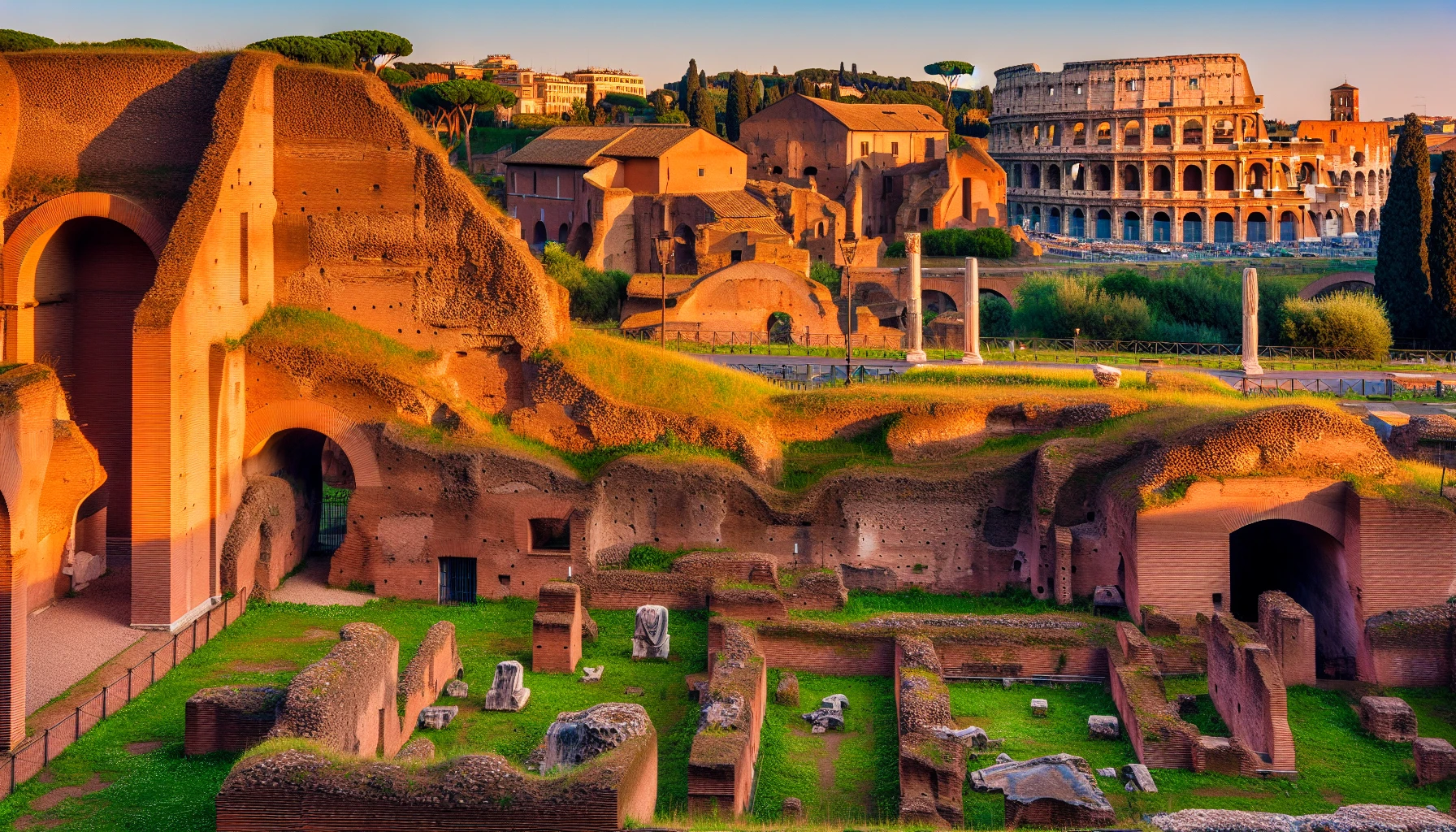
While the Colosseum is undoubtedly the centerpiece of any visit to Rome, the surrounding area offers a wealth of ancient ruins and historical sites to explore. If you want to go inside, the ticket price encompasses the adjacent Palatine Hill and Roman Forum, both of which had a significant part in the life of ancient Rome.
Palatine Hill, the most central of Rome’s seven hills, was once the location of lavish palaces and villas of Rome’s elite, offering stunning views of the city. The Roman Forum, on the other hand, was the political, religious, and commercial heart of the ancient city, where temples, basilicas, and public spaces once stood. As you wander through these evocative sites, you’ll gain a deeper appreciation for the remarkable history and enduring legacy of Rome and its people.
Summary
The Colosseum offers a window into the grandeur and complexity of ancient Rome, inviting us to explore its rich history, architectural marvels, and captivating stories. From the exhilarating spectacles of gladiatorial games and animal hunts to the poignant tales of early Christian martyrs, the Colosseum serves as a testament to the resilience and determination of the people who built it. As you embark on your journey to this iconic monument, may you be inspired by the enduring legacy of Rome and the indomitable spirit of its people.
Frequently Asked Questions
What was the Colosseum famous for?
The Colosseum is renowned for its impressive stadium structure and bloody gladiator battles. It was where the Emperor of Rome and his people would come to witness the cruel entertainment.
What are 5 facts about the Colosseum?
The Colosseum was built between 72-80AD, it could hold up to 50,000 spectators, gladiatorial contests and public spectacles were held there, executions also took place there, and it was also used for animal hunts.
Is the Roman Colosseum still there?
The Roman Colosseum and the Pantheon, both constructed using Greek classical orders, are still standing today despite facing numerous natural disasters throughout the centuries.
Can you go to the Colosseum?
Yes, you can go inside the Colosseum with general admission or with a guided tour, which would grant access to additional areas.
How many people could the Colosseum accommodate?
It had the capacity to hold between 50,000 and 80,000 spectators.
How long did the Colosseum take to build?
Between seven and eight years in all. It was probably begun about 73-75 AD and was almost completed in 79 when Vespasian died, for Vespasian’s older son Titus dedicated it in 80 with 100 days of games on one day of which 5000 men and animals were said to have been slaughtered.
What is the Colosseum’s real name?
The original name “Flavian Amphitheatre” was changed to the Colosseum due to the great statue of Nero that was located at the entrance of the Domus Aurea, “The Colossus of Nero”. The Domus Aurea was a great palace built under the orders of Nero after the Fire of Rome.
Was the Colosseum colored?
It was painted. Even though archaeologists always knew this, they were only recently able to determine the color. It turns out that the walls of the amphitheater were covered in red; travertine blocks were in red and white; and some parts were blue, probably showing the sky or a seascape.
